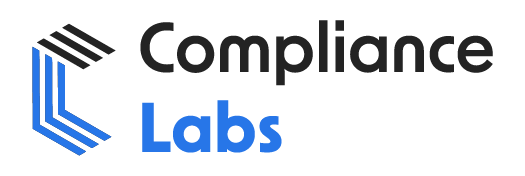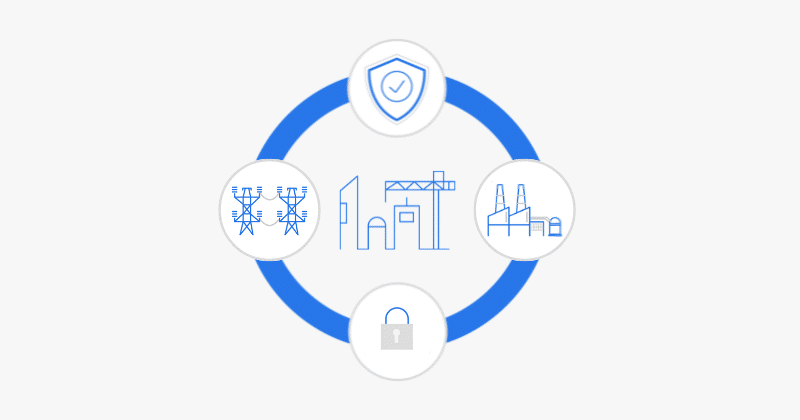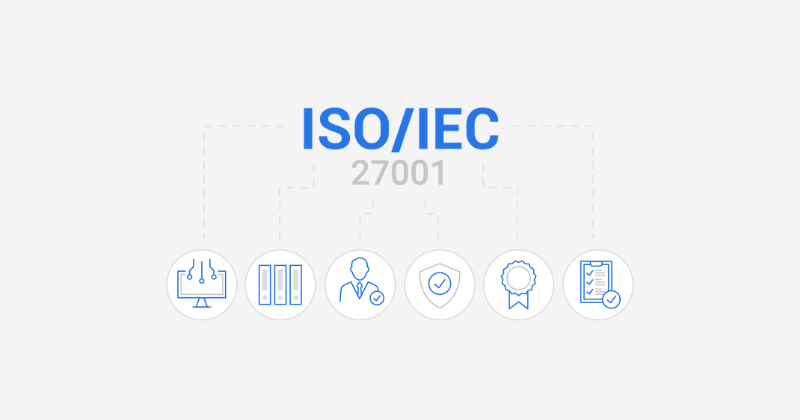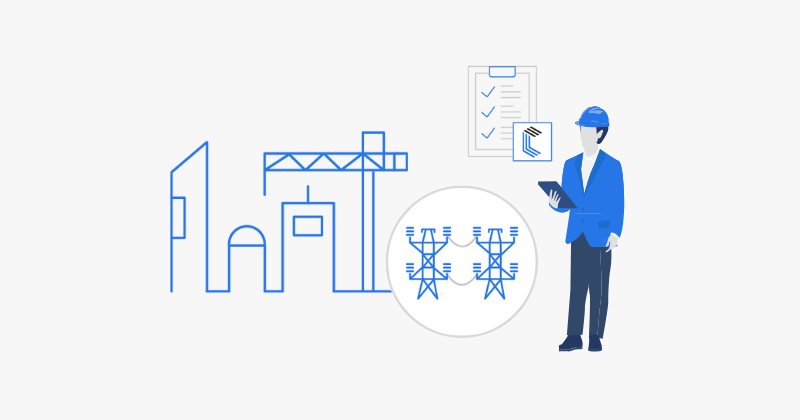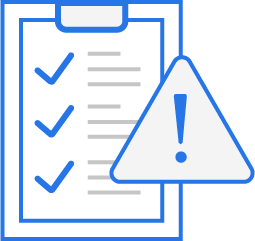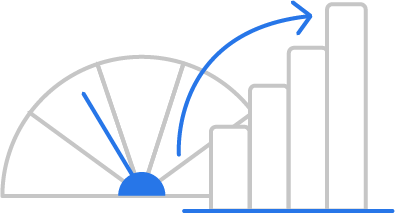Strategic Tool Selection for Compliance & Asset Protection
In today’s interconnected digital environment, finance, energy, and tech companies are prime targets for cybercriminals. The convergence of Information Technology (IT) and Operational Technology (OT) has significantly expanded the potential attack surface, making robust cybersecurity compliance software more vital than ever. Navigating the wide array of available software solutions can be challenging. This is especially true when seeking tools that provide genuine protection. These tools must also simplify adherence to complex regulations. Examples include PCI DSS, HIPAA, DORA, ISO 27001, NERC CIP, and the NIST Cybersecurity Framework.
This article aims to provide a comprehensive review of cybersecurity compliance software, tailored for the unique operational and regulatory needs of finance, energy, and tech companies. It is designed to guide organizations towards making informed purchasing decisions to better secure their digital assets. The evolving threat landscape demands a proactive approach. Therefore, selecting the right tools is a critical component of a resilient cybersecurity strategy.
The Importance of Cybersecurity Compliance
For organizations in the finance, energy, and technology sectors, cybersecurity is a fundamental aspect of business operations and continuity. Neglecting it can lead to severe consequences. Consider these critical reasons why cybersecurity compliance matters:
Significant financial losses can occur from a single data breach, encompassing remediation costs, regulatory fines, and legal fees. Reputational damage is another major concern; breaches erode customer trust, potentially leading to lost business and diminished brand value. Operational disruption is also a key risk, as cyberattacks can interrupt critical infrastructure, impacting service delivery and revenue generation. Furthermore, non-compliance with industry and governmental regulations can result in substantial penalties and legal action.
Therefore, investing in effective cybersecurity compliance software is not merely advisable; it’s essential for safeguarding assets, maintaining customer confidence, and ensuring business viability in an increasingly complex digital world.
Key Cybersecurity Challenges in Finance, Energy, and Tech
While all sectors face persistent cyber threats, some have unique challenges. Finance, energy, and tech companies, for instance, each contend with specific vulnerabilities. They also deal with distinct regulatory pressures.
For the finance sector, protecting sensitive financial data, such as credit card numbers and personal account details, is paramount. These organizations navigate a complex web of regulations like PCI DSS and DORA. These regulations impose strict requirements for data handling and security. Insider threats also present a considerable risk. They can stem from either malicious intent or employee negligence. This risk is significant due to direct access to sensitive information.
The energy sector faces distinct regulations challenges with NERC CIP and NIS 2, related to securing critical infrastructure, including power grids and pipelines. Cyberattacks on these Operational Technology (OT) environments can cause widespread service disruptions and public safety concerns. Securing Supervisory Control and Data Acquisition (SCADA) systems, which manage industrial processes, is crucial to prevent unauthorized control. Additionally, energy companies are often targets of sophisticated attacks from well-resourced threat actors, requiring advanced defensive capabilities.
Technology companies must prioritize the protection of valuable intellectual property according to GDPR, such as source code, proprietary algorithms, and trade secrets, from theft or unauthorized disclosure. Supply chain security is another critical concern, as vulnerabilities in third-party software or hardware components can be exploited to compromise an organization’s systems. The rapidly evolving threat landscape also demands constant adaptation to new attack vectors and vulnerabilities.
Core Security Functions of Effective Software
To effectively address these diverse challenges, cybersecurity compliance software should offer a comprehensive suite of functionalities. Essential features include robust Asset Inventory and Management. Organizations cannot protect what they are unaware of. Identifying and tracking all hardware, software, and data assets across IT and OT environments is a foundational step. As NIST SP 800-53 Rev. 5 outlines, a thorough IT asset management program is also fundamental to an effective cybersecurity strategy.
Posture and Vulnerability Management is another critical function. Regularly scanning for and remediating vulnerabilities helps identify and address weaknesses before they can be exploited. Continuous Logging and Threat Detection through network traffic monitoring and system log analysis is vital for identifying suspicious activities. Security Information and Event Management (SIEM) systems play a key role here.
Strong Identity Management and Access Control, including multi-factor authentication and the enforcement of least privilege access, is crucial. Privileged Access Management (PAM) solutions are particularly important for securing accounts with elevated permissions to critical systems. Comprehensive Data Security measures, such as encryption, access controls, and data loss prevention (DLP) mechanisms, are necessary to protect sensitive information both at rest and in transit.

Finally, robust Network Security capabilities, including firewalls, intrusion detection/prevention systems (IDS/IPS), and network segmentation, are essential to control network access and protect against unauthorized traffic. Network segmentation, in particular, is vital to limit the lateral movement of attackers within a network.
Compliance and Risk Management Capabilities
Beyond core security functions, software should support key compliance and risk management processes. An effective Incident Response capability, supported by well-defined plans and tools, allows organizations to quickly contain, eradicate, and recover from security breaches, minimizing impact.
Regular Risk Assessment and Management is necessary to understand an organization’s cybersecurity posture. Frameworks like the NIST Cybersecurity Framework (CSF), including its latest version (e.g., CSF 2.0), provide an excellent baseline for these activities. The software should also facilitate compliance reporting, generating the documentation needed to demonstrate adherence to relevant regulations and standards. Furthermore, for organizations developing or heavily relying on software, the ability to generate and manage a Software Bill Of Materials (SBOM) is increasingly important for managing supply chain risks by providing transparency into software components.
Top Cybersecurity Software Categories
Several categories of cybersecurity compliance software address these needs:
Security Information and Event Management (SIEM): These systems aggregate and analyze security event data from various sources to detect threats, identify patterns, and support incident investigation.
Vulnerability Management Solutions: These tools scan systems and applications for known vulnerabilities, prioritize them based on risk, and often assist in managing the remediation process.
Endpoint Detection and Response (EDR): EDR solutions provide advanced threat detection, investigation, and response capabilities directly on endpoints like workstations and servers, offering deeper visibility than traditional antivirus.
Privileged Access Management (PAM): PAM systems secure, manage, and monitor access for accounts with elevated privileges, reducing the risk of misuse or compromise of these critical accounts.
Network Security Tools: This broad category includes firewalls, IDS/IPS, network access control (NAC), and virtual private network (VPN) solutions, all aimed at securing network infrastructure and controlling traffic flow.
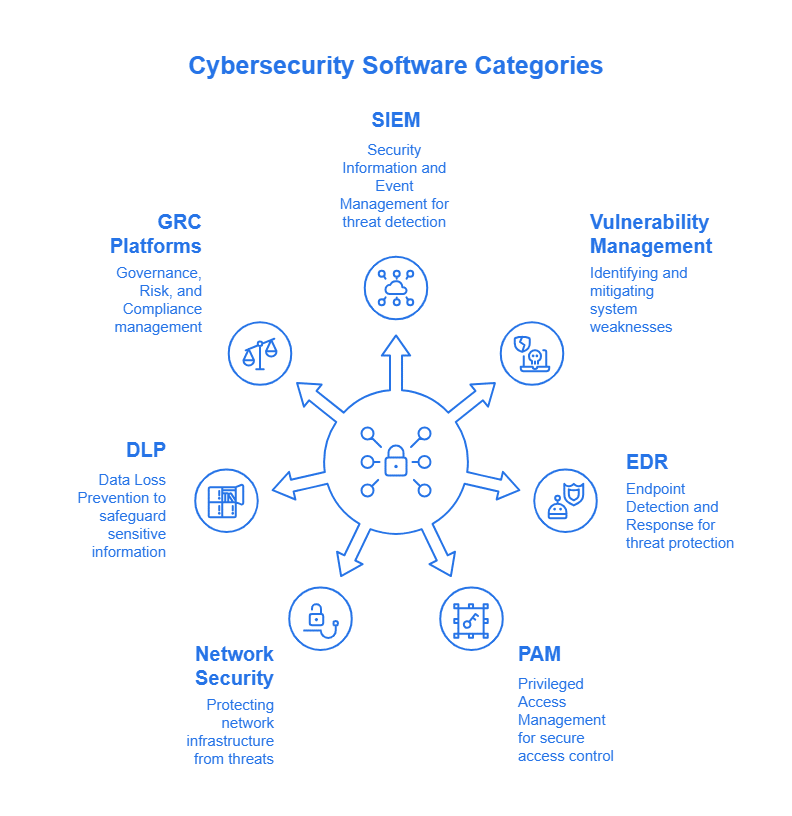
Data Loss Prevention (DLP) solutions are also key components for many organizations; they monitor and control outbound data to prevent sensitive information exfiltration. Additionally, Governance, Risk, and Compliance (GRC) platforms help automate and manage overall compliance programs, policy management, and audit reporting.
How to Choose the Right Software for Your Organization
Selecting the appropriate cybersecurity compliance software requires a strategic and methodical approach to ensure it aligns with specific organizational needs and a dynamic threat environment.
Begin by thoroughly assessing your organization’s unique risk profile. This involves identifying critical assets and understanding potential threats specific to your industry (finance, energy, or tech). You then need to pinpoint existing vulnerabilities across your IT and OT systems. Clearly define your compliance requirements. First, determine which regulations and industry standards your organization must adhere to. These might include PCI DSS for payment card data and HIPAA for healthcare information (if applicable via business associate agreements). Others are DORA for EU financial entities, ISO 27001 for information security management, and NERC CIP for North American bulk power system reliability. The NIST Cybersecurity Framework can also be used as a guiding model.
Next, prioritize the software features and capabilities. These must be most crucial for enhancing your security posture. They should also help meet these defined compliance obligations. Research and compare different software vendors. Consider factors such as the solution’s functionality and scalability for future growth. Ease of use for your IT and security teams is also important. Additionally, look at integration capabilities with your existing technology stack and overall cost-effectiveness. It is highly recommended to request demonstrations and, where possible, engage in trial periods or proof-of-concept deployments.
This hands-on testing allows you to evaluate if the software meets your practical needs and integrates smoothly within your environment. Investigate vendor credentials. Consider relevant certifications (e.g., ISO 27001 for their own practices) or adherence to recognized security development lifecycles. This offers an added level of assurance. Finally, evaluate the total cost of ownership (TCO), which includes not only initial licensing fees but also costs associated with implementation, training for your staff, and ongoing maintenance and support.
Real-World Application Insights
Observing how cybersecurity compliance software is applied in practice can offer valuable insights. For instance, a financial institution might implement a PAM solution. This solution rigorously controls and monitors privileged accounts. Doing so significantly reduces the risk of insider threats and unauthorized access to sensitive financial data. It also helps meet stringent compliance requirements.
An energy company could deploy a specialized SIEM system to monitor its OT environment. This enables real-time detection of and response to potential cyber events targeting critical infrastructure. Such action improves SCADA security and operational resilience. A technology firm, concerned about its software supply chain, might implement a comprehensive risk management program that includes generating and analyzing a Software Bill Of Materials (SBOM) for its products. This practice, highlighted in guidance like NIST SP 800-161 (“Cybersecurity Supply Chain Risk Management Practices for Systems and Organizations”), helps identify and mitigate vulnerabilities originating from third-party software components.
Best Practices for Strengthen ing Your Cybersecurity Posture
While cybersecurity compliance software is a critical tool, it is most effective when part of a broader security strategy. Consider implementing an Awareness and Training program to empower employees to recognize and report threats. Enforce strong password policies and promote the use of multi-factor authentication.
Regularly patch systems and applications to address known vulnerabilities via a comprehensive enterprise patch management process as detailed in guidance like NIST SP 800-40r4.
Implement Network Security best practices such as network segmentation to limit the spread of potential attacks and develop and regularly test Incident Response plans through drills and tabletop exercises.
Conduct periodic security audits, potentially involving third-party experts, to assess your security posture and identify areas for improvement. Staying informed about the evolving threat landscape through threat intelligence feeds and industry information sharing is also vital.
Future-Proofing Your Security Strategy
The cybersecurity landscape is constantly changing. Adopting a forward-looking approach is essential to secure your organization against emerging threats. Embracing automation for repetitive security tasks can reduce human error and improve efficiency. Leveraging threat intelligence provides early warnings about new attack vectors and threat actor tactics. Adopting Zero Trust principles, which involve verifying every user and device before granting access, can significantly enhance security. Furthermore, organizations must prepare for the increasing sophistication of AI-powered attacks by investing in defenses that can detect and respond to these advanced threats.
Conclusion: Proactive Security is the Best Defense
Effective cybersecurity compliance software is an essential investment for finance, energy, and tech companies seeking to protect their assets, maintain regulatory compliance, and ensure operational resilience. By thoroughly assessing your specific risk profile, clearly defining your compliance requirements, and carefully evaluating vendor solutions, your organization can select the software that best meets its unique needs. Implementing security best practices, fostering a strong security-aware culture, and continuously adapting to the evolving threat landscape are all crucial components of a proactive security strategy – which remains the most effective defense against today’s increasingly sophisticated cyber threats.
